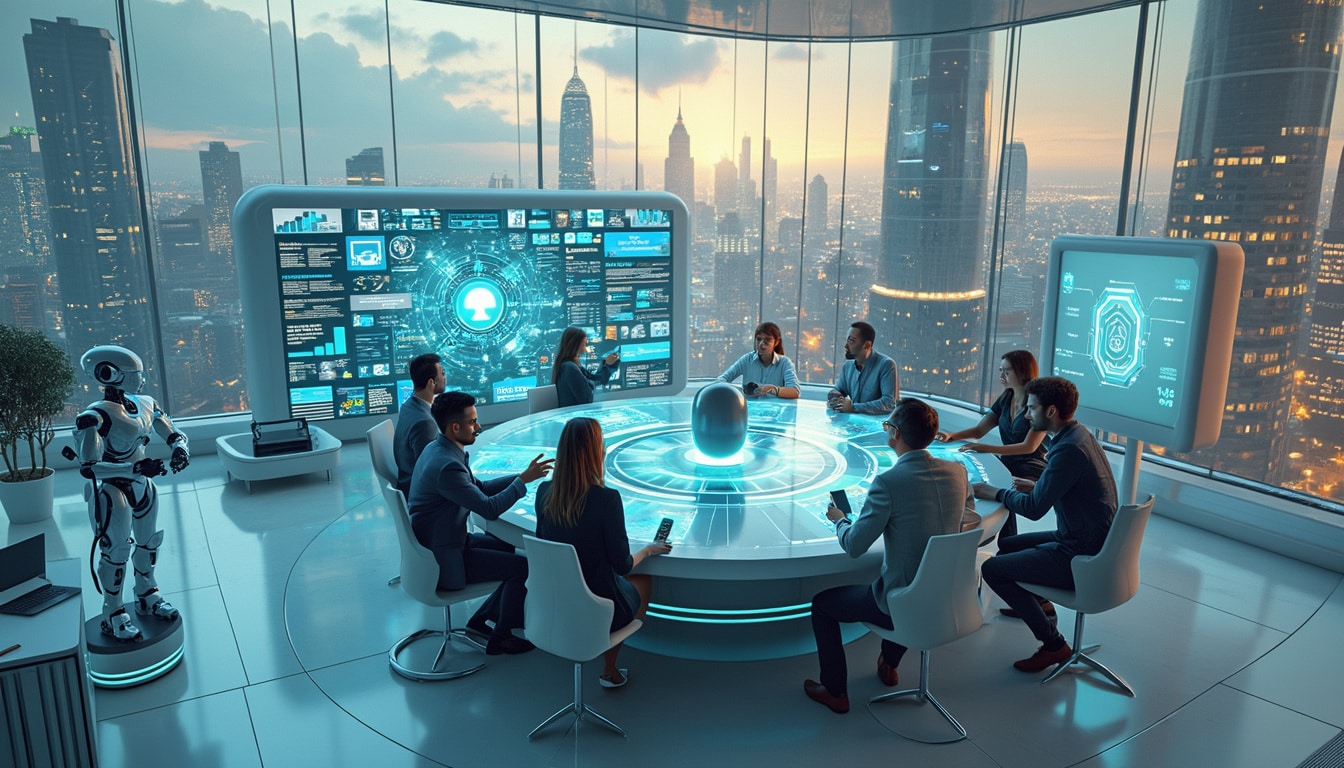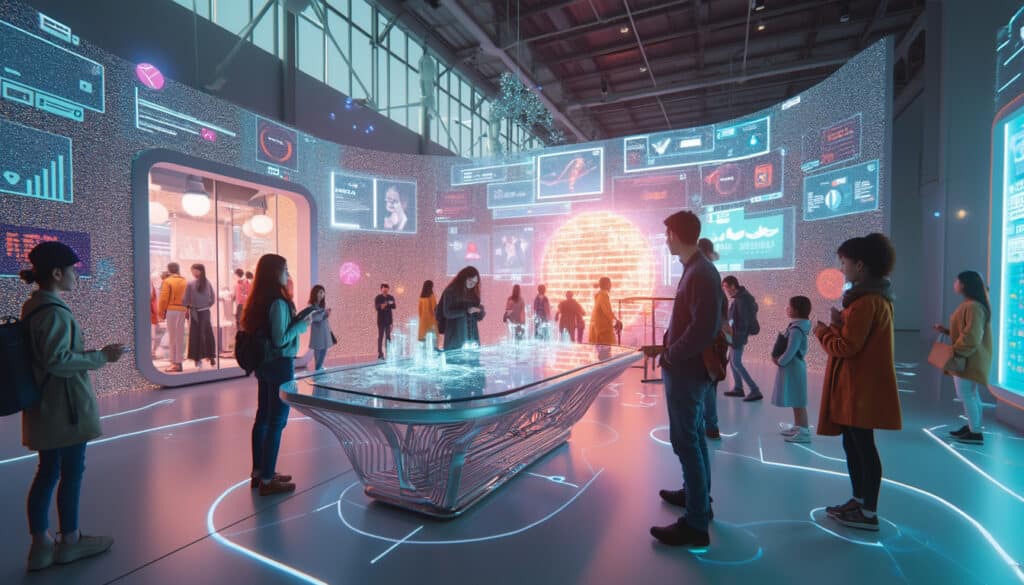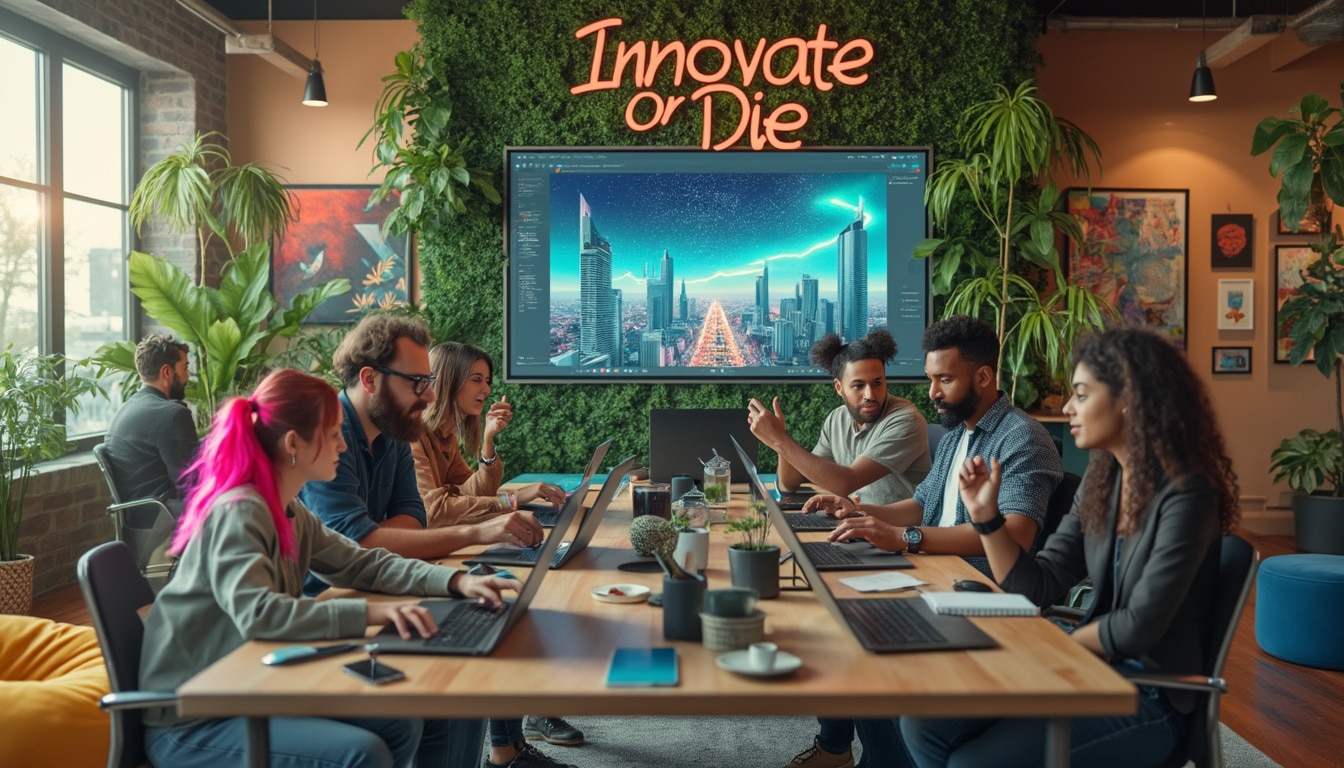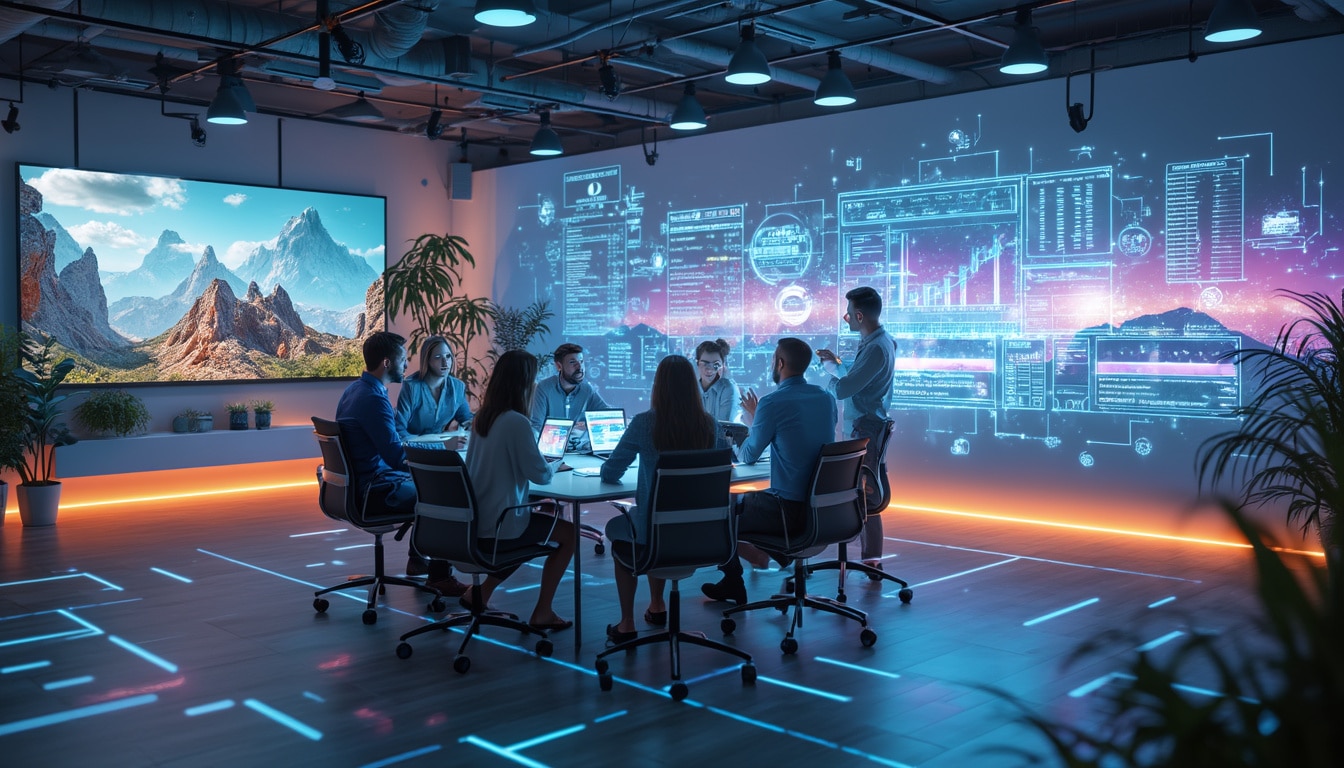Creating an engaged community is a delicate art.
It requires a deep understanding of the needs and aspirations of your audience.
Every interaction counts towards building a solid and loyal relationship.
As a community manager, it is essential to develop strategies that truly resonate with your audience. Understanding social dynamics and current trends allows you to create relevant and impactful content. Fostering authentic interaction enriches the experience of your community members. Together, we can turn every engagement into an opportunity for growth.
🔥 Nous recommandons Elementor
Créer un site e-commerce en quelques clics avec Elementor. Ne nécessitant aucune connaissance en développement web, Elementor est LA solution disponible à tous pour créer un site qui attirera les acheteurs.

The landscape of digital marketing is evolving at a breakneck pace. In 2025, several promising trends will transform the way businesses interact with their audiences to turn clicks into conversions. Let’s explore these key developments that will redefine digital strategies.
Table of Contents
ToggleHow is artificial intelligence revolutionizing personalized marketing?
Artificial intelligence (AI) continues to push the boundaries of personalized marketing. With advanced algorithms, businesses can analyze massive amounts of data to anticipate consumer needs and offer tailored experiences. This increased personalization not only enhances engagement but also significantly boosts conversion rates.
For example, AI-powered chatbots provide instant and personalized customer support, thereby improving the user experience. Additionally, AI facilitates the creation of ultra-targeted advertising campaigns, optimizing the return on investment for companies. To learn more about the impact of AI in marketing, check out this article.
What are the new trends in interactive content?
Interactive content is gaining popularity due to its ability to capture attention and engage users on a deeper level. In 2025, interactive formats such as quizzes, polls, interactive videos, and augmented reality will become essential tools for marketers looking to increase conversions.
These formats not only help retain the attention of visitors but also collect valuable data about their preferences and behaviors. Integrating interactive content into digital marketing strategies enables the creation of immersive experiences that lead to higher conversion rates. Discover inspiring examples in this article.
How is SEO evolving to maximize conversions?
SEO remains a crucial pillar of digital marketing, but its strategies continue to evolve to better align organic traffic with conversion goals. By 2025, SEO will not only attract visitors but will also focus on the quality of that traffic to maximize conversions.
Search engine algorithm updates increasingly emphasize user experience (UX) and content relevance. At the same time, local SEO is gaining importance, allowing businesses to target geographically specific audiences. The study by Legiit highlights the growing importance of integrated SEO strategies to increase conversions.
What is the growing importance of micro-moments in the customer journey?
Micro-moments are key moments when consumers seek to fulfill an immediate need using their mobile devices. In 2025, understanding and capitalizing on these micro-moments will be essential for businesses looking to effectively convert clicks into tangible actions.
These moments present valuable opportunities to engage consumers at the right time with the right message. By optimizing content for micro-moments, businesses can not only improve their visibility but also encourage more meaningful interactions, leading to increased conversions. To dive deeper into this subject, visit this article.
How does the integration of social media influence conversions?
Social media continues to play a central role in digital marketing strategies. In 2025, advanced integration of social media with e-commerce platforms will create seamless and intuitive shopping journeys, thus facilitating the conversion of clicks into sales.
Features such as integrated shopping on Instagram and Facebook, as well as the use of dynamic ads, allow for more precise targeting of users and direct guidance towards purchase. Moreover, influencers and content creators are becoming strategic partners to enhance brand credibility and drive conversions. To discover the latest innovations in this field, check out this article.
What are the most effective omnichannel content strategies?
Omnichannel content is an integrated approach that aims to provide a consistent user experience across all touchpoints. In 2025, adopting an omnichannel content strategy will be crucial for maximizing conversions by ensuring a harmonious presence across various digital channels.
This strategy allows businesses to meet the expectations of modern consumers, who engage with brands across multiple platforms simultaneously. By synchronizing content across social media, websites, emails, and mobile apps, companies can create seamless and engaging customer journeys. Adopting an omnichannel approach not only enhances engagement but also boosts loyalty, leading to sustainable increases in conversions.
What role does augmented reality play in the future of conversions?
Augmented reality (AR) is emerging as a revolutionary technology in the field of digital marketing. By 2025, AR will be a key tool for transforming online interactions into immersive experiences, thereby facilitating the shift from clicks to conversions.
Thanks to augmented reality, consumers can visualize products in their real environment before making a purchase decision, thus reducing uncertainty and increasing confidence. For example, AR applications allow users to virtually try on clothing or view furniture in their living space. This interactivity enhances engagement and encourages conversions by offering an enriched and personalized user experience.
How do predictive analytics optimize marketing campaigns?
Predictive analytics play a crucial role in optimizing digital marketing campaigns. By 2025, these analytics will use historical and real-time data to anticipate consumer behaviors and adjust strategies accordingly.
With predictive analytics, marketers can identify emerging trends, forecast demand, and personalize messages for each customer segment. This not only maximizes the effectiveness of advertising campaigns but also reduces costs by targeting only the segments most likely to convert. Integrating predictive analytics into digital marketing strategies provides a clearer and more proactive vision, ensuring better conversion of clicks into tangible actions.
What impact will influencer marketing have on the future of conversions?
Influencer marketing will continue to grow in importance in 2025, playing a decisive role in transforming clicks into conversions. Influencers, with their ability to engage and persuade their audience, are becoming strategic partners for brands looking to increase their impact.
Collaborations with influencers create authentic and credible content, strengthening consumer trust and increasing conversion rates. Moreover, micro-influencers, with more targeted audiences, offer a better return on investment in terms of conversions. By leveraging influencer marketing, businesses can effectively reach specific audiences and significantly boost conversions.
How does data protection influence conversion strategies?
With the rise of concerns regarding data protection, businesses must adapt their conversion strategies to comply with regulations and earn consumer trust. By 2025, transparency and data security will be crucial factors for optimizing conversions.
Consumers place increasing importance on how their data is used. Businesses must therefore ensure transparent and secure management of personal information, in compliance with regulations like GDPR. By adopting ethical data management practices, companies can build consumer trust, which is essential for encouraging conversions. Additionally, using advanced data protection technologies enables the creation of secure user experiences, thereby increasing the likelihood of conversion.
What is the future of conversational commerce?
Conversational commerce represents a major advancement in the customer journey, combining real-time interactions with direct transactions. By 2025, this approach will become even more integrated, offering innovative ways to convert interactions into sales.
Voice assistants and messaging platforms allow consumers to search, ask questions, and purchase products directly through natural conversations. This ease of access and fluidity in the purchasing process enhances the user experience and increases conversion rates. By investing in conversational commerce, businesses can meet the expectations of modern consumers who seek simplicity and speed in their commercial interactions.
How does data-driven marketing improve conversions?
Data-driven marketing has become an essential element for optimizing conversions in 2025. By using accurate, real-time data, businesses can refine their strategies to better meet consumer needs and behaviors.
Data allows for more effective audience segmentation, personalizing marketing messages, and measuring campaign effectiveness with increased precision. This approach not only targets the right people with the right messages but also allows for quick adjustments to strategies based on obtained results. Intelligent use of data thus facilitates continuous optimization, ensuring that every interaction has the potential to transform into a conversion.
What is the importance of user experience in conversion?
User experience (UX) plays a fundamental role in converting clicks into tangible actions. By 2025, providing exceptional UX will be essential for differentiating a brand and maximizing conversion rates.
An intuitive interface, smooth navigation, and fast loading times are factors that influence users’ perceptions and their propensity to convert. Moreover, UX also includes personalizing interactions and creating an engaging and satisfying experience. Companies that invest in improving UX see significant increases in their conversion rates, as users are more likely to stay, interact, and ultimately purchase.
How do multichannel strategies impact conversions?
Multichannel strategies allow businesses to reach their audiences through various communication channels, thus creating more comprehensive and integrated customer journeys. By 2025, these strategies will play a crucial role in converting clicks into tangible actions.
By orchestrating a consistent presence across social media, emails, websites, and mobile platforms, businesses can interact with their customers in a more effective and personalized manner. This integrated approach meets consumer needs wherever they are, thereby increasing conversion opportunities. Furthermore, a well-executed multichannel strategy offers flexibility and adaptability, which are essential in a constantly evolving digital environment, ensuring optimal conversion rates.











